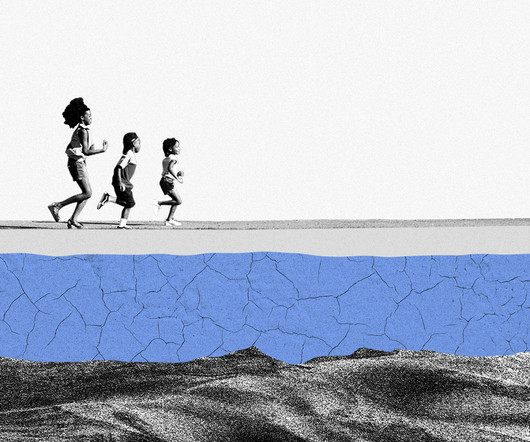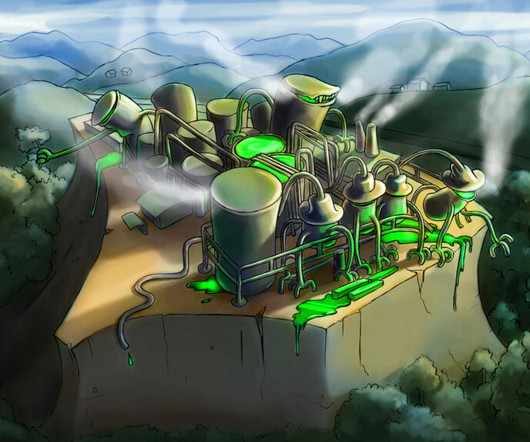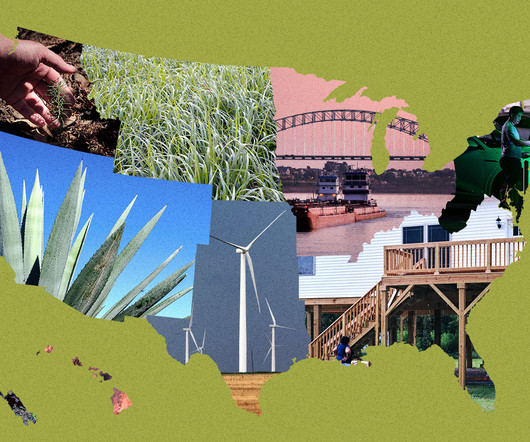Rising groundwater levels are threatening clean air and water across the country
Grist
MARCH 29, 2023
Within the cracks of rock slabs, sand, and soil, this water sinks, swells, and flows — sometimes just a few feet under the surface, sometimes 30,000 feet below. Cracks in aging and poorly maintained pipes are being inundated , leaving plumbing unable to carry away stormwater and waste. Beneath our feet there is an invisible ocean.















Let's personalize your content